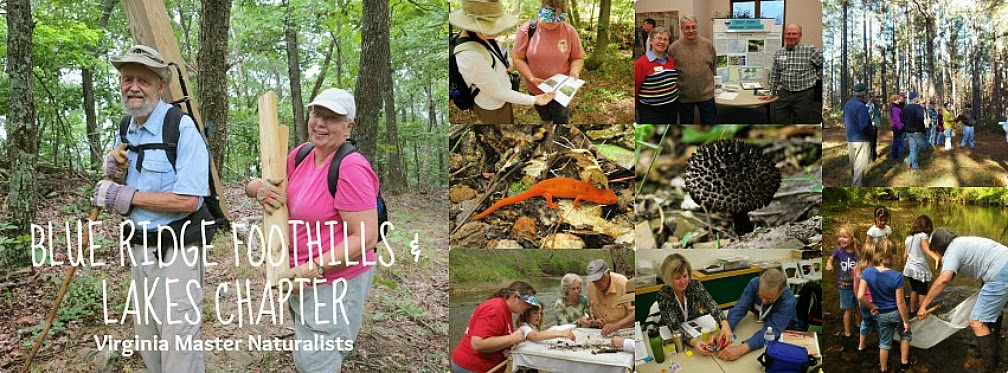While casually looking over the pasture
where my two donkeys reside and enjoying seeing the new spring growth on the
trees and suddenly warm (hot) temperature of the season, I noticed one of the donkeys mesmerized by
something down by the stream. Even when I put on my boots and walked down to
see what the attraction was, no amount of calling was going to distract this
donkey from its focus. When I got close enough to see what ‘it’ was, I was
shocked to find a huge snapping turtle, Chelydra
serpentine. I ran back up the hill, lickity split to grab a camera and
measuring stick.
Their genus name, Chelydra is derived from the Greek word cheyldra meaning,’ tortoise’. And its species name, serpentine is a Latin derivation of the
word serpentis which means ‘snake’,
which refers to the turtle’s long tail.
Snapping turtles are wide spread in
North America, and can be found in just about any source of freshwater habitat.
Their appetite consists largely of vegetation as well as crayfish, flies,
toads, frogs, catfish as well as muskrats and just about anything else they can
catch. They are measured by the length of their carapace, that hard dorsal
shell which is in reality modified bony parts including the ribs. The average is
8-14 inches. Virginia’s record is 18 1/3inches. (By my estimation the one I
found was 14-15 inches.)
On land, snapping turtles are often more
irritable creatures. Usually we see females on their way
to find a nesting site in which to lay her clutch of eggs. They are heavily
pregnant (gravid) and on a mission, so don’t mess with them! When in the water,
they are much less aggressive. If stepped on, they will probably just tuck in
their head and leave you alone, pretending to be just another stepping stone.
This turtle I photographed, I assumed, did not want to become a centerfold model, so I kept my photography to a minimum. I was not going to test to see how much agility it could muster or how much chomping power it possessed. I just let it be.
Submitted by Kathy Scott, Certified VMN, Blue Ridge Foothills and Lakes Chapter
Franklin County, Virginia



No comments:
Post a Comment
Thanks for your comment and interest! NOW GO OUTSIDE!